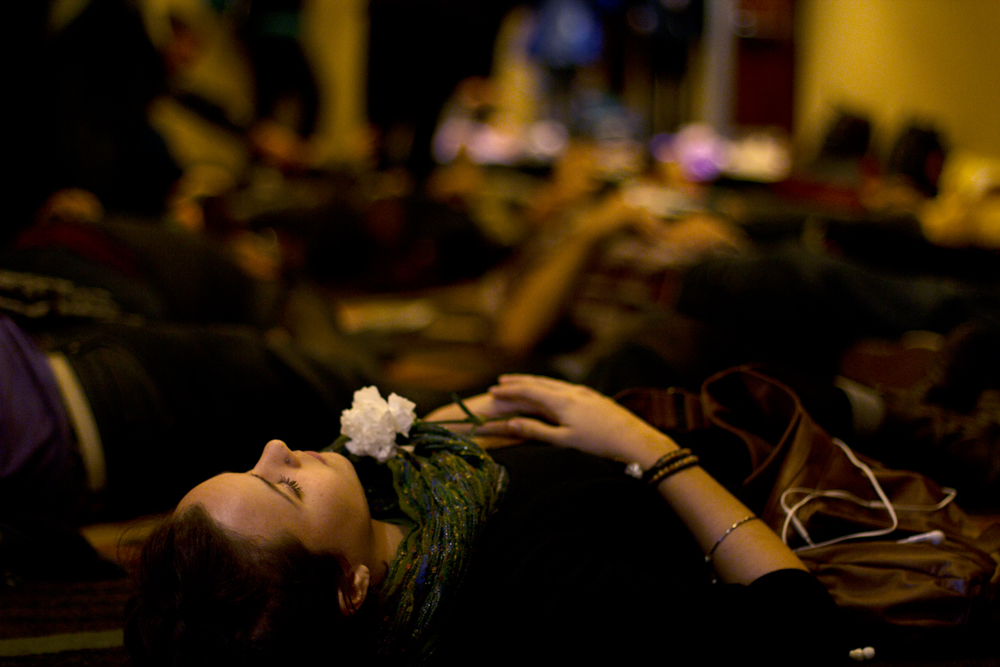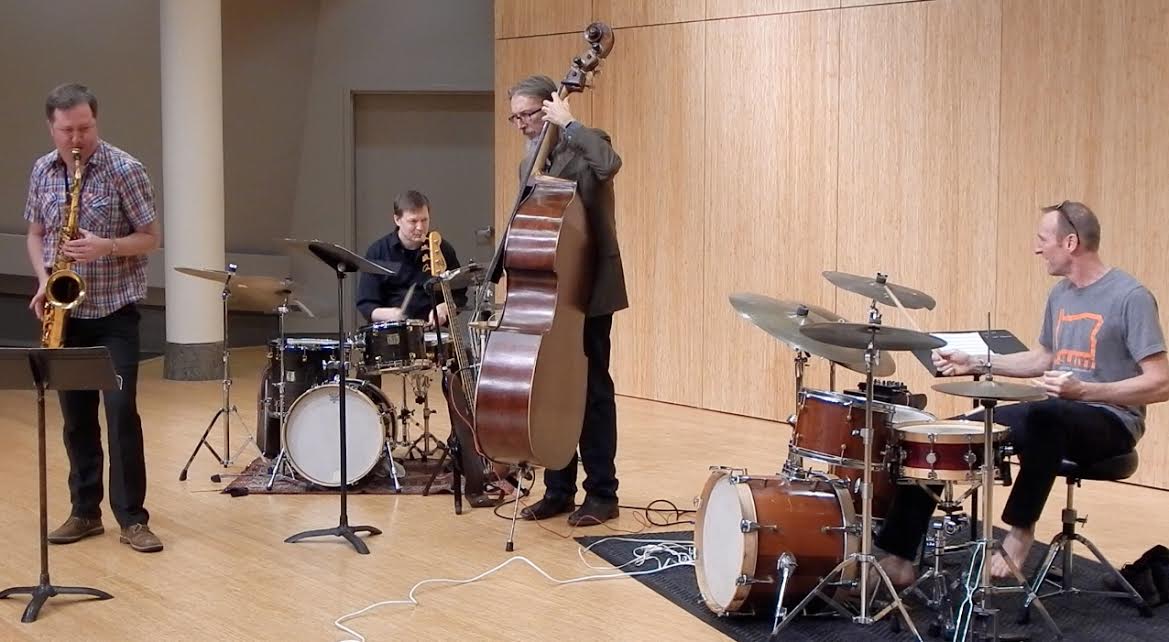A recent lecture by Dr. Linda Walton, former director of Portland State’s Institute for Asian Studies, explored the history behind sacred landscapes in historic China last week, Dec. 6.
The event started off with a discussion of what sacredness meant in China—specifically, of Ling, a concept that is often translated as “numinous,” according to Walton.
“Mountain peaks, the highest part of the earth that has access to heaven and caves or grottoes,” Walton said. “Both of these extremes are considered Ling.”
Much of her insight into sacred landscapes in China was gleaned from her study of Confucian scholarly academies—some more than a thousand years old, according to Walton.
“One of the things I started noticing when I was doing research originally on academies [built] in the Southern Song period is that people who wrote about those academies were often using the term Ling to talk about the landscape where academies were built,” Walton said.
Walton also spoke of the values of Confucianism and how they tied into what she was seeing at the academies.
“One of the things you can focus on in Confucianism—this huge, broad concept that encompasses many different kinds of idea is what—the importance of education and studying hard,” Walton said.
This overlay of Confucian educational institutions and “Ling” ideation that shows how ideas of Chinese sacredness evolved and mixed over time, according to Walton. She said that Daoist and Buddhist sites often had much in common with their Confucian counterparts.
She also discussed how these academies have transitioned into the 21st century.
During a visit to China, Walton gave a lecture to around 200 Chinese history students at Songyang academy in the Henan province. According to her, lectures and field trips in a similar vein are not uncommon.
“It’s very clearly a public kind of tourist site as well as having this very specific pedagogical function,” Walton said.
Academies like Songyang are routinely integrated into the curricula of Chinese universities, according to Walton.
Universities are not the only groups showing interest in them.
“There’s a real boom in academy renovations, and why are local governments investing in renovating these old academies?” Walton asked. “Because they’re tourist sites that will bring tourism money to their region…There’s a great deal of emphasis being put on and developed about Chinese cultural heritage.”
Walton also spoke about Yuelu academy, which translates to “the foothills of the sacred peak.” According to her, it was once among the most vital centers of Neoconfucianism in southern China.
She also said that roughly 650,000 tourists visit each year come to Yuelu Academy, which is located on the east side of Yuelu Mountain, near the capital of the Hunan province.
“It’s mostly domestic tourism, which wouldn’t be surprising, I think, but there are also plenty of foreign visitors who come to these places,” Walton said. “They’re really beginning to be a part of a tourist circuit.”
Lindsay Fink, a student at Portland Community College (PCC), was drawn to the presentation by her interest in Asian culture.
“It was really great,” Fink said. “I mean, I’m honestly considering becoming an Asian studies major because my experiences with the PSU and PCC program have been so positive. Everyone seems so informed and passionate in this department.”
One of the things that intrigues her about Asian studies is the cultural emphasis that is placed on higher learning in schools of thought like Confucianism, according to Fink.
“That’s always something that has appealed to me about studying Asian culture,” Fink said. “I love that academics is so highly valued.”
For Dr. Lawrence Kominz, the former director of the PSU Center for Japanese Studies, one of the big takeaways from the event was the longevity of the Chinese notion of the sacred landscape.
“The first thing I took away is that the sense of sacred landscape really predates the importance of Confucian academies, even though Professor Walton’s primary interest—in fact one of her main interests over her entire career—has been Confucian academies,” Kominz said.
Lectures like Walton’s play a positive role in building Western perception of China beyond its pollution and expansionist policies, according to Kominz.
“I think it’s important that contemporary China be presented to us in ways that are outside of the media,” Kominz said. “The media these days takes such a negative view of mainland China.”
He also said that—owing to the more humanistic aspects of Confucian thought—cultural initiatives to educate Chinese students about Confucianism could bring about good in China.
“A move to preserve these sites and even begin to teach Confucianism and reverence for Confucianism is a positive thing,” Kominz said.






